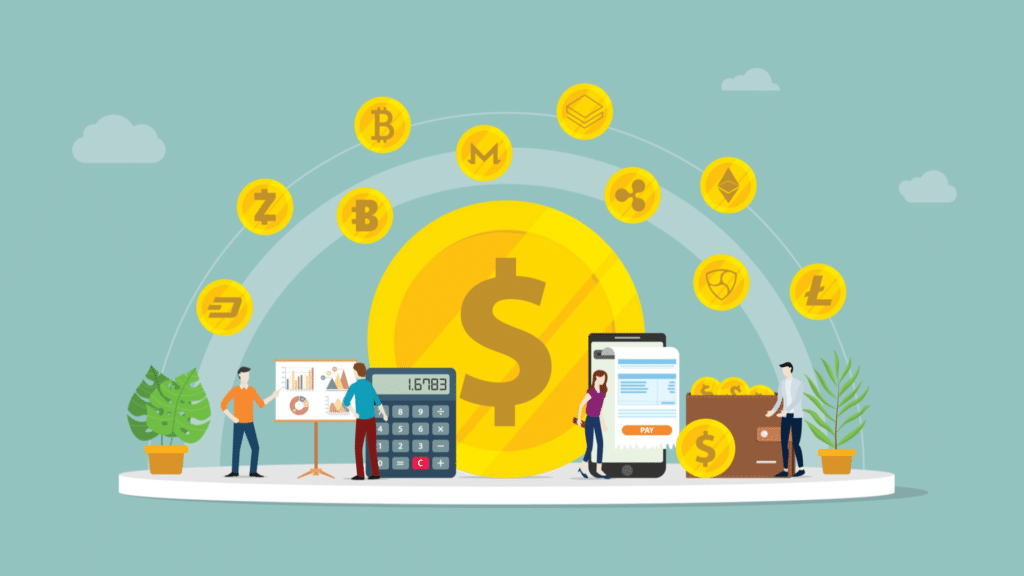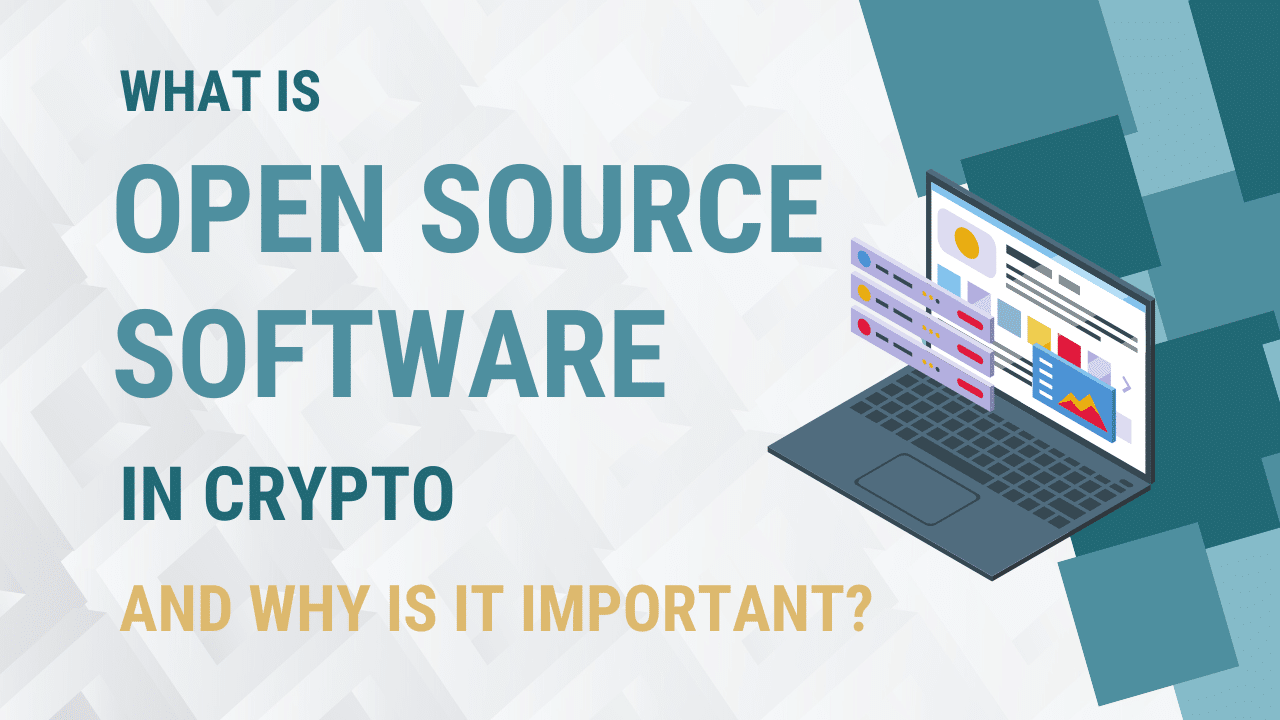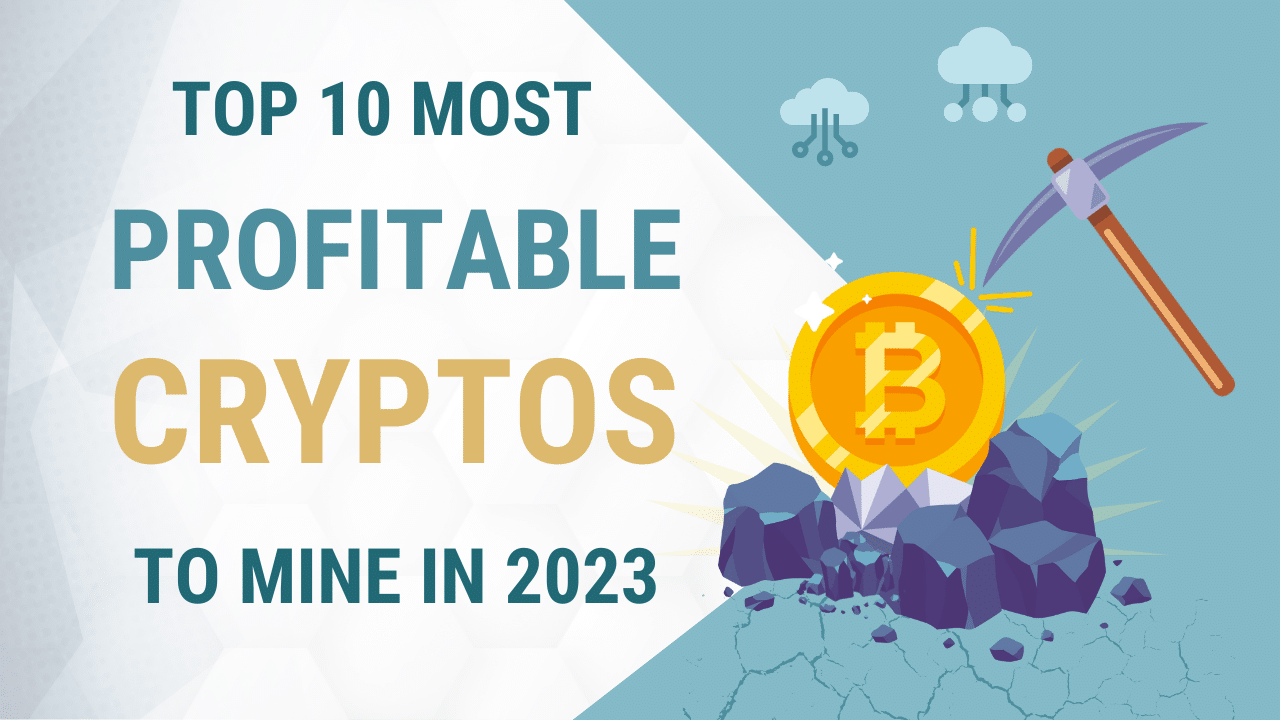You hear it all the time: “Market cap this” and “market cap that,” but what does it really mean when people talk about the cryptocurrency market cap? The world of cryptocurrency is chock full of confusing jargon, so you might as well just add this one to the pile, right?
Well, actually, crypto market capitalization (or ‘market cap’) is a much simpler principle than you think and this article will help you understand it.
Read on for more information on what the crypto market cap is, how it’s calculated, and what it can tell investors like yourself about future market changes.
Let’s dive in!

What is the Cryptocurrency Market Cap?
Definition: Cryptocurrency market cap refers to the total value of all coins that have been mined of a specific cryptocurrency. It is calculated by multiplying the market price of a single unit of said cryptocurrency by the number of coins currently in circulation.
Market capitalization illustrates the size of a specific cryptocurrency’s place in the existing market. This helps investors compare different coins and rank them within the existing market.
Whenever you see lists that claim to rank the top coins of the day/week/month/year, it’s likely that market caps were heavily considered in making them.
How to Calculate Crypto Market Cap
As I mentioned previously, market cap is calculated using the total number of a given crypto in circulation multiplied by a single unit’s worth. This sounds confusing, so let’s break it down:
Let’s say you’re trying to calculate the market cap of Ethereum. As of April 2022, there were roughly 120 million Ethereum tokens in circulation. Multiply that by the coin’s price of $3,120.03 from the middle of that same month, and ETH’s market cap at the time would have been around 374.5 billion dollars.
Based on this metric, the top cryptocurrencies as of the beginning of September 2022 and their market caps are:
- Bitcoin (BTC): $377 billion
- Ethereum (ETH): $178 billion
- Tether (USDT): $68 billion
- USD Coin (USDC): $50 billion
- BNB (BNB): $44 billion
- Binance USD (BUSD): $21 billion
- XRP (XRP): $17 billion
- Cardano (ADA): $16 billion
- Solana (SOL): $11 billion
- Dogecoin (DOGE): $8 billion
For updated metrics on market caps and the top 10 cryptocurrencies at any given time, visit Coinmarketcap.com.

Is This Something Traders Have To Keep Track Of?
As an investor or crypto trader, one of the first things you probably look at is price. After all, you want something where the price balances with its potential revenue generation. However, price is not the only way to measure a cryptocurrency’s value.
Many investors use market cap as a more complete way to gauge a cryptocurrency’s past and future volatility. By comparing market cap across different coins, you can get a good idea of the growth potential one cryptocurrency holds over another. It also helps you understand that, just because a particular cryptocurrency costs a lot doesn’t necessarily mean it’s worth a lot.
To demonstrate, let’s look at two fictional cryptocurrencies and their market caps:
- The first cryptocurrency, DYP, currently has 100,000 coins in circulation. Each of these coins costs $1 USD, making its market cap exactly $100,000.
- The second cryptocurrency, OWL, has 25,000 virtual coins in circulation and is worth $2 each. This makes its market cap $50,000.
Looking at only the price of each of these, you would assume that OWL is worth more. In reality, however, DYP’s market cap is higher, making it a better value.
Regardless, you should keep in mind that market cap can vary wildly from day to day depending on the price of its related cryptocurrency.
So, in short, you don’t have to keep track of market cap. But your odds of success will be much higher if you do.

How Does Market Cap Affect My Portfolio?
As an investor, you want a mix of low-risk, mid-risk, and high-risk investments. Doing this helps you put yourself in a position to see some serious growth without putting you in unnecessary financial danger.
Pretend you have a portfolio composed of only high-risk coins. With this type of portfolio, you have a chance to make some major money in a very short amount of time. However, it’s also very likely that you’ll lose it all just as quickly.
On the flip side of this, if you fill your portfolio with only low-risk items, it’s unlikely that you’ll wake up one day and see all of your money gone. Rather, you’ll see some small losses. But you’ll also see small gains, making this investment not quite worth your time.
The solution here is to adequately mix your portfolio makeup. This will give you those small gains while also exposing you to larger ones. Then, your mid-risk token will keep you funded with medium gains while you balance the other two.
The Different Market Cap Stages
A cryptocurrency’s market cap is directly connected to its risk factor. In accordance with low-risk, mid-risk, and high-risk, cryptocurrencies are separated into three corresponding categories:
- Large-cap cryptocurrencies. These coins, like Bitcoin and Ethereum, have market caps of over $10 billion dollars at any given time. It’s unlikely you’ll see them dip below this point. These cryptocurrencies have an established track record that attests to steady growth, making them low risk. They also have higher liquidity due to their higher concentration; this means they can withstand high cash-out rates without seeing dramatic impacts.
- Mid-cap cryptocurrencies. These tokens are those that settle with a market cap between $1 billion and $10 billion, like Dogecoin. They are considered to have a significant amount of untapped potential–but also are associated with higher risk.
- Small-cap cryptocurrencies. As you probably guessed, these cryptocurrencies have a market cap of less than $1 billion and are susceptible to dramatic swings in both directions. Usually, stories of crypto making people rich overnight are due to cryptocurrencies in this bracket. But beware: investing too much in small-cap cryptocurrencies can be extraordinarily risky.
Let’s Wrap Up:
All in all, market cap is a useful metric that helps investors and traders like yourself compare the total value of cryptocurrencies outside of just their price. And while market trends and crypto stability can change for sometimes no reason at all, the market cap of a crypto coin can tell you a lot about its stability.
If you want to learn more about cryptocurrency or see some terms here you don’t understand, I recommend going back and reading our starter blog post: Cryptocurrency for beginners. Alternatively, you can get started with our crypto training modules for some quick, topic-specific learning!
Dypto out!
Want to join the Dypto journey? Follow our socials!


